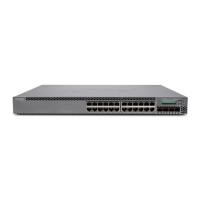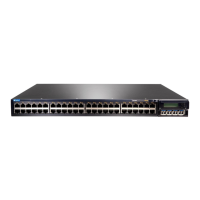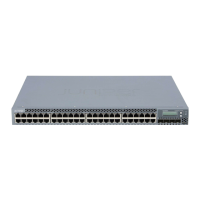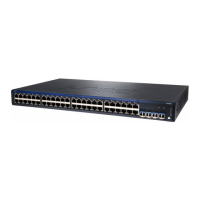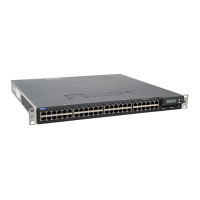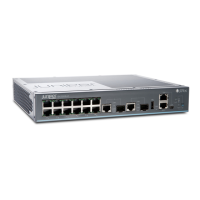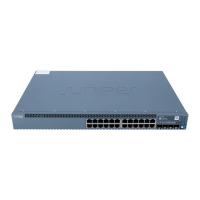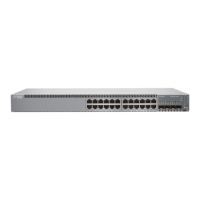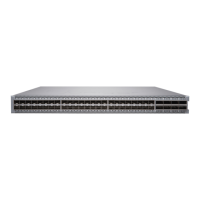bfd
Syntax bfd {
version (0 | 1 | automatic);
minimum-interval milliseconds;
minimum-receive-interval milliseconds;
multiplier number;
no-adaptation;
transmit-interval {
minimum-interval milliseconds;
threshold milliseconds;
}
detection-time {
threshold milliseconds;
}
session-mode (automatic | multihop | singlehop);
holddown-interval milliseconds;
}
Hierarchy Level [edit system services dhcp-local-server liveness-detection method],
[edit system services dhcp-local-server dhcpv6 liveness-detection method],
[edit forwarding-options dhcp-relay liveness-detection method],
[edit forwarding-options dhcp-relay dhcpv6 liveness-detection method],
[edit system services dhcp-local-server group group-name liveness-detection method],
[edit system services dhcp-local-server dhcpv6 group group-name liveness-detection
method],
[edit forwarding-options dhcp-relay group group-name liveness-detection method],
[edit forwarding-options dhcp-relay dhcpv6 group group-name liveness-detection method]
Release Information Statement introduced in Junos OS Release 12.1.
Statement introduced in Junos OS Release 12.3R2 for EX Series switches.
Description Configure Bidirectional Forwarding Detection (BFD) as the liveness detection method.
The remaining statements are explained separately. See CLI Explorer.
Required Privilege
Level
routing—To view this statement in the configuration.
routing-control—To add this statement to the configuration.
Related
Documentation
• Example: Configuring Group Liveness Detection for DHCP Local Server Clients
• Example: Configuring Global Liveness Detection for DHCP Relay Agent Clients
Copyright © 2017, Juniper Networks, Inc.152
DHCP and Other System Services Feature Guide for EX2300, EX3400, and EX4300 Switches
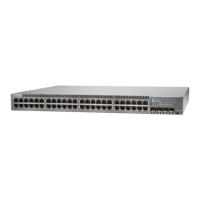
